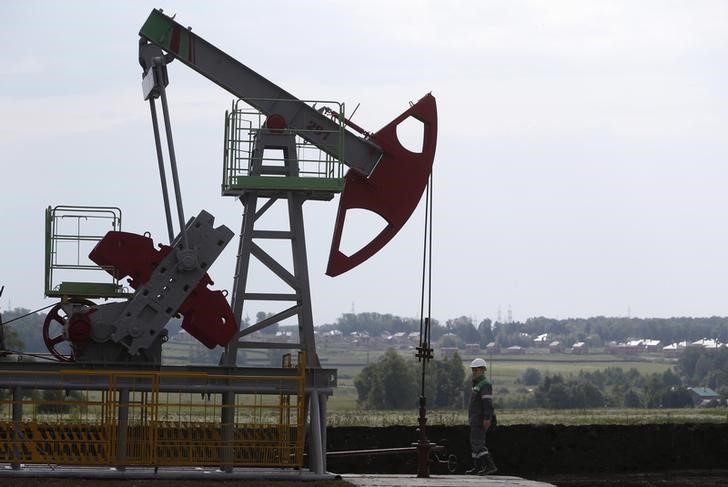By Peter Nurse
Investing.com - Oil markets turned lower Wednesday, with a bounce caused by the hefty stimulus package agreed on Capitol Hill short-lived as investors revisit the specter of deepening demand destruction and massive oversupply.
AT 10:50 AM ET (1450 GMT), U.S. crude futures traded 2% lower at $23.52 a barrel, while the international benchmark Brent contract fell 2.4% to $26.50.
A bipartisan Congress managed to come to an agreement early Wednesday on a $2 trillion stimulus measure to try to bolster the U.S. economy as it shuts down to combat the coronavirus.
However, the positive tone generated by this bill didn’t last very long as large parts of the global economy remain shut down to stop the spread of the virus.
“Clearly the fundamental outlook for the oil market remains bearish, given the weakening demand picture and expected surge in supply from the start of 2Q20. We still expect prices to trade lower from current levels,” said analysts at ING, in a research note.
In the U.S. inventory data out this week, the government reported a smaller-than-expected build in crude stocks
Oil inventories rose by 1.6 million barrels for the week ended March 20, the EIA said. That compared with expectations for a build of about 2.8 million barrels, according to forecasts compiled by Investing.com.
Gasoline inventories fell by 1.5 million barrels, versus forecasts for a decline of about 660,000 barrels. Distillate stockpiles fell by about 680,000 barrels, compared with expectations for a drawdown of 1.9 million barrels.
Talking about the supply situation, neither Saudi Arabia nor Russia show any sign of getting back to the negotiation table in order to curtail supply, in fact they look more likely to pump more oil to gain market share.
“There’s a lot of oil in the market and there’s a lot of stocks we’re going to have to build because it’s not going to get consumed,” Vitol Chief Executive Officer Russell Hardy said in a Bloomberg Television interview on Wednesday. “Demand today we think is down significantly, 15 to 20 million barrels a day at its peak over the next few weeks.”
“The deepening contango in the ICE (NYSE:ICE) Brent forward curve reflects the surplus environment, and the need for this surplus oil to be carried forward,” ING added.
